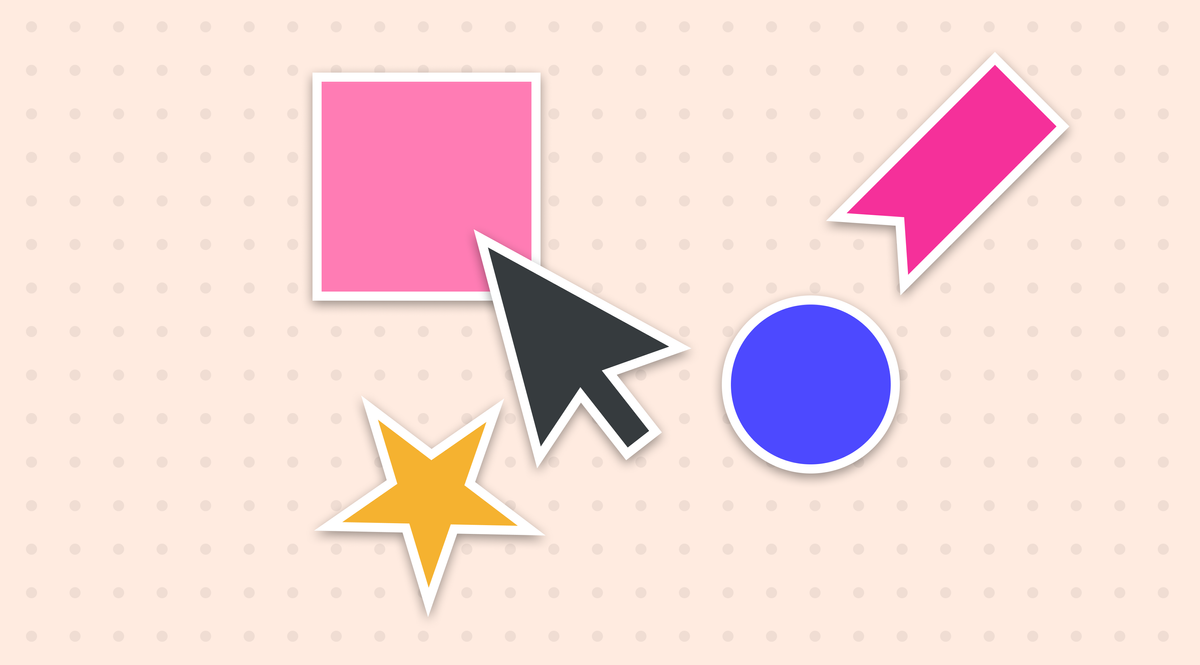
If you've ever built a product, you know that getting users to sign up is only half the battle.
The real challenge? Helping them get started and find success quickly.
I recently tackled this challenge head-on by creating a Quick Start help article—and wow—I wish I had done it sooner! 😅
In this post, I’ll share how I realized we needed a Quick Start guide, how I put it together, and what I learned along the way.
If you’re struggling with user activation, this might be precisely what you need! A well-designed Quick Start guide can serve as a crucial component in reducing churn and ensuring that new users stay engaged with your platform beyond the initial trial period.
And best of all—you can host it inside your Knowledge Base 😌
The Moment I Knew We Needed One
I remember the moment it hit me—we had a problem. I was digging through our analytics, and it was clear: people were signing up, but they weren’t taking the next step.
They weren’t creating content.
That meant they weren’t experiencing the "aha" moment that would hook them into using our product. And if they never got there? They’d churn before they ever really got started 😣
I started asking myself: Why were people stopping? What was missing?
Then it clicked.

We were expecting them to figure it out on their own. But the truth is, most users don’t want to explore aimlessly; they want a clear, easy path to success.
That’s when I knew: we needed a Quick Start guide. Something simple, direct, and effective to help users take those first critical steps.
I thought about our own experience signing up for other SaaS tools. The ones that made onboarding simple—where I immediately knew what to do—were the ones I stuck with.
The ones that left me guessing? I abandoned them within days. Our product needed to be in the first category, not the second.
Figuring Out What to Include (A Mix of Data and Gut Feeling)
I didn’t want to just throw together a guide and hope for the best—I needed to make sure it actually helped users get started. So, I started digging into:
- 🖱️ User behavior – Where were people getting stuck? What were they not doing?
- 🎫 Support tickets – What were the most common “I just signed up, now what?” questions?
- 🗳️ User feedback – I personally reached out to new users and asked them what felt confusing.
- 🧩 Best practices – I looked at what other SaaS companies were doing successfully.
- 🪞 My own experience – I went through our onboarding process with fresh eyes, pretending I was a new user.
A common theme emerged: users weren’t sure how to take the first few steps to create content. Some didn’t even know where to start!

Our content in monthly bitesized emails
Get our best content delivered straight to your inbox.
SubscribeThat made my job easy—our Quick Start guide needed to focus on just a few key actions, nothing overwhelming. Research indicates that providing users with an easy first step increases activation rates by 30%, reinforcing the importance of a well-structured guide.
Deciding on the Format (Keeping It Simple!)
I wanted the guide to be as clear and actionable as possible, so I structured it as a step-by-step list, covering only the key actions needed to get started.
Each step included:
- A short, easy-to-follow explanation.
- A screenshot showing exactly where to click.
- A clear call-to-action so users knew what to do next.
- Links to more detailed documentation for those who wanted a deeper dive.
No fluff. No overwhelming detail. Just a straight line from sign-up to success.
Research from the Nielsen Norman Group suggests that users prefer scannable, well-structured content with visual elements, rather than long, text-heavy documentation.

By using images and concise instructions, I hoped to make it easier for users to grasp key concepts quickly.
Why I Included a Video in Our Guide
I’ve always been a video-based learner, so I know the struggle is real. I included a short video walkthrough (less than 3 minutes) of the process for users who learn best by watching 👇
This gave visual learners a way to follow along, and it also helped create a more personal, engaging experience.
Sometimes, just seeing someone else click through the process makes everything feel easier.
Studies show that video-based onboarding content leads to a 65% higher retention rate compared to text-based guides alone. Users are more likely to complete tasks when they can visually see how to do them.
I also noticed that users who watched the video were less likely to reach out with support questions. That meant it wasn’t just helping users—it was reducing our support burden too. A win-win!
How I Added the Quick Start Guide to Onboarding
I knew that just having a Quick Start guide wasn’t enough—it had to be easy to find. So, I made sure it showed up in three key places:
- In-App Experience:
- I added a pop-up after sign-up with a direct link to the guide.
- I placed a help button in the empty state UI that linked to the Quick Start guide.
- Onboarding Emails:
- The welcome email highlighted the Quick Start guide as the best way to get started.
- Follow-up emails included a link to the guide, especially if a user had not completed key actions.
- I set up behavior-based emails—if a user seemed stuck, they’d get an email nudging them to check out the guide.
- Help Center & Support:
- I made sure the Quick Start guide was in the Getting Started category, and featured.
- I encourage our team to reference it in responses to common onboarding questions.

Making the guide available across multiple touchpoints ensured users could access the information when they needed it most, reducing frustration and increasing activation rates.
Final Thoughts
Creating a Quick Start help article was one of the best things I did for our user onboarding. It helped reduce friction, increased engagement, and got more users to experience the value of our product faster 🚀
If you haven’t created one yet, take an hour or two and put together a simple guide.
Test it. Get feedback. Iterate. Your users (and your retention numbers) will thank you! With structured onboarding, you’re not only helping users but also improving overall product adoption and success rates.
The best part? Since launching our Quick Start guide, I’ve had multiple users email me saying how much easier onboarding felt.
That’s the kind of feedback that makes all the effort worth it ✨


